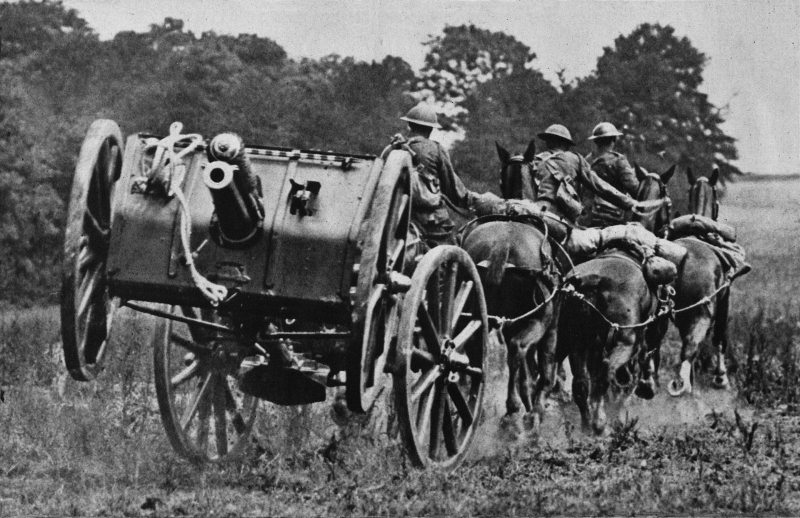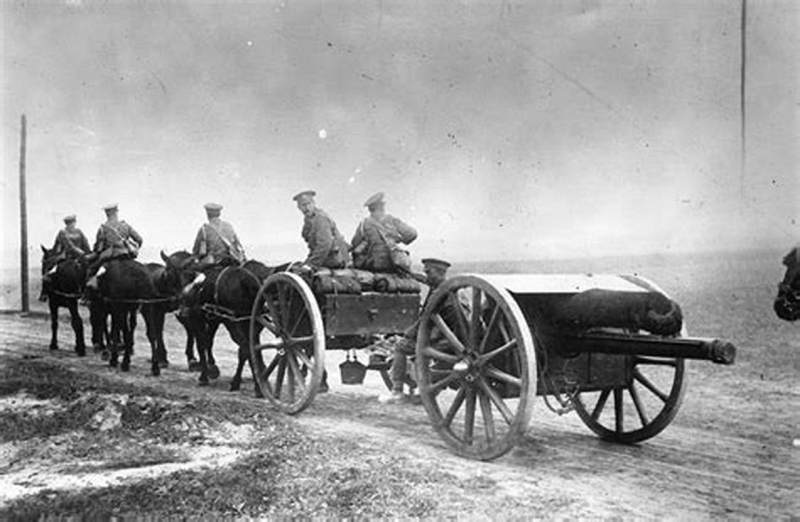Horses were also important to the use of artillery in battle.
Horse artillery was a form of light, quick-firing artillery that was used to support cavalry formations with extremely mobile firepower. From the early 1700s to the middle of the 20th century, militaries in Europe, the Americas, and Asia had horse artillery battalions. It was the forerunner of today's self-propelled artillery and comprised of light cannons or howitzers mounted on caissons or limbers, which were two-wheeled carriages. Crew members rode horses. Unlike the rest of the field artillery, which was also drawn by horses but whose gunners were often transported seated on the gun carriage, wagons, or limbers, this artillery was not mounted on horses.
The U.S. Horse Artillery Brigade, which was composed of numerous Army of the Potomac horse artillery units, occasionally came together during the American Civil War. Horse artillery regiments were typically referred to as "light artillery" in the U.S. For artillery teams to carry each gun into place and to transport the caissons the carriages that carried powder and ammunition they would need around six to eight animals per gun.








